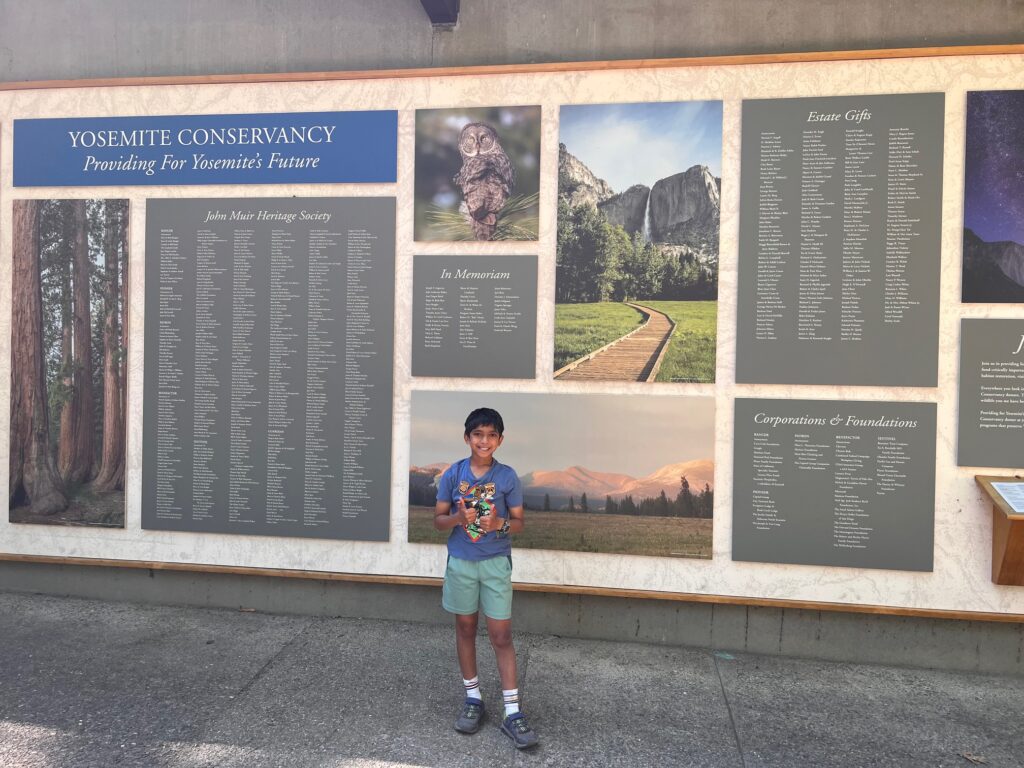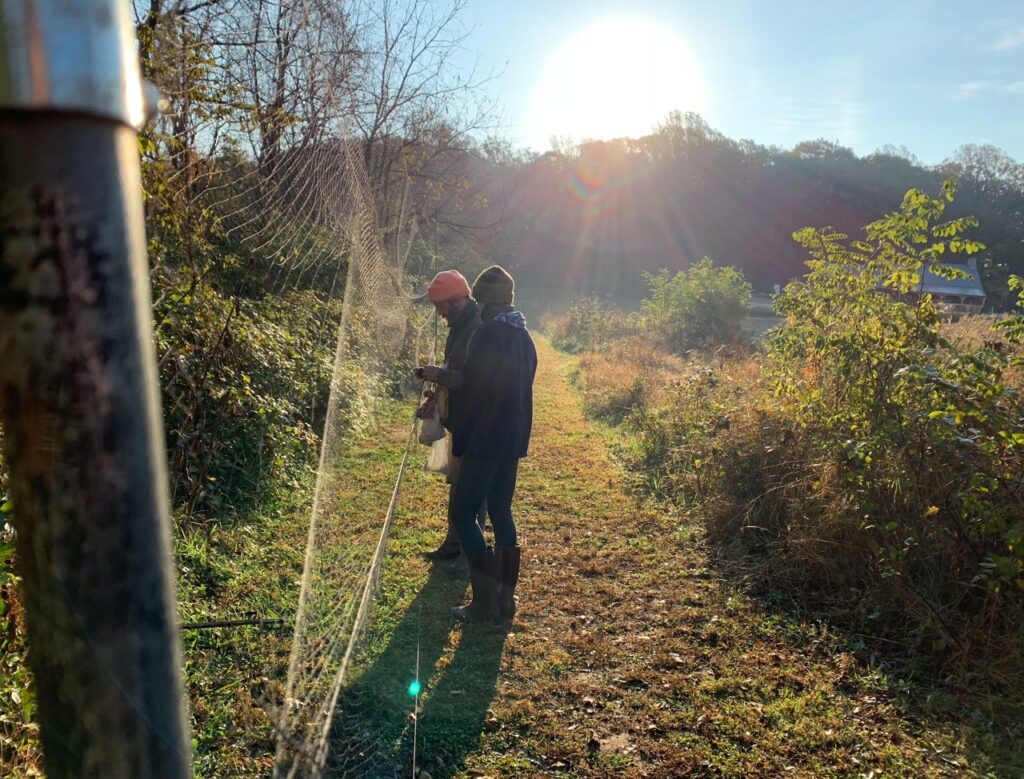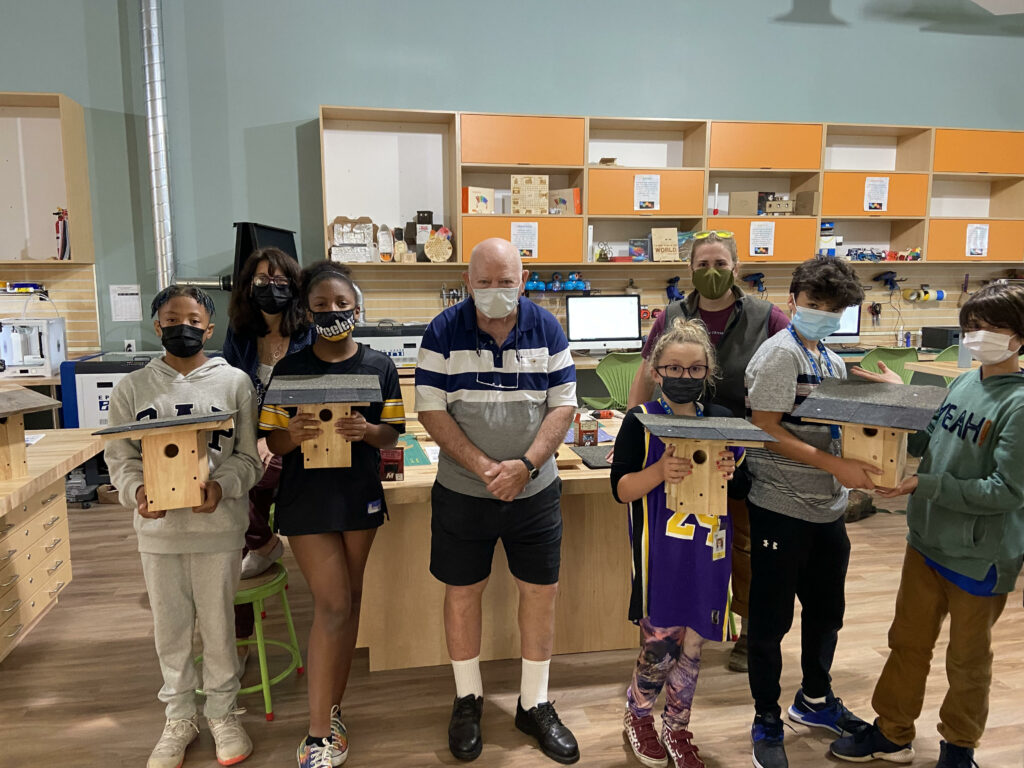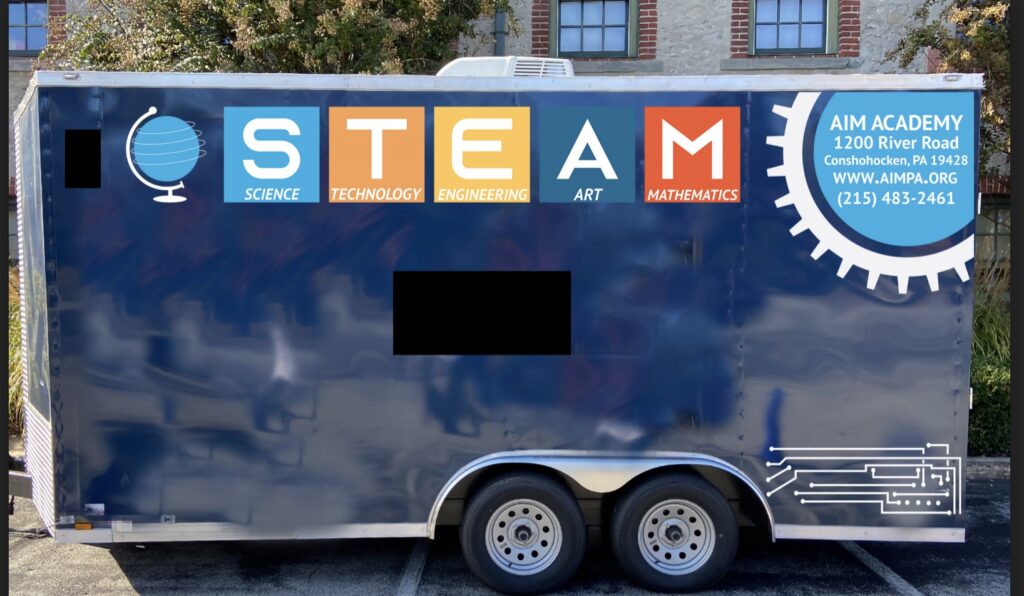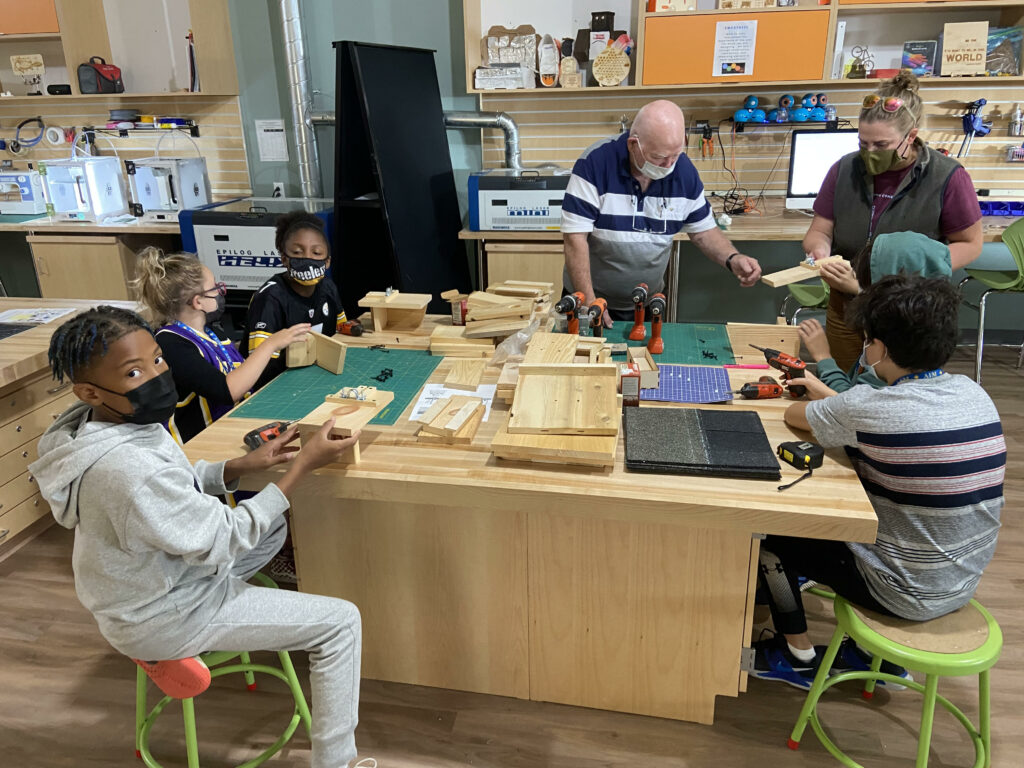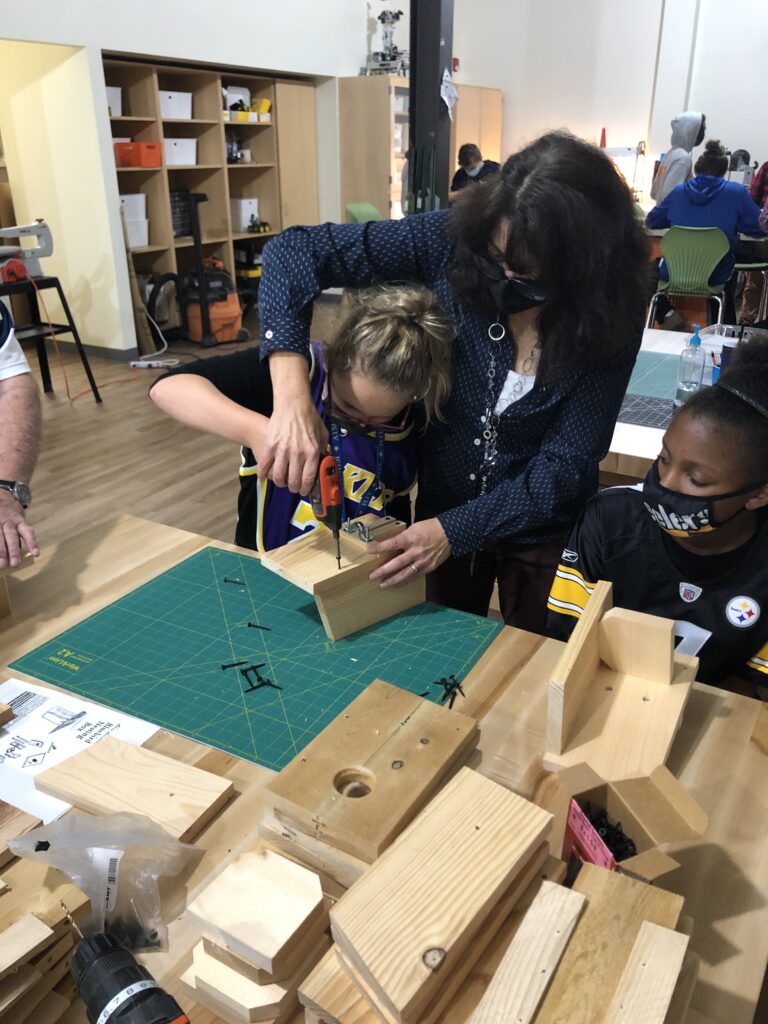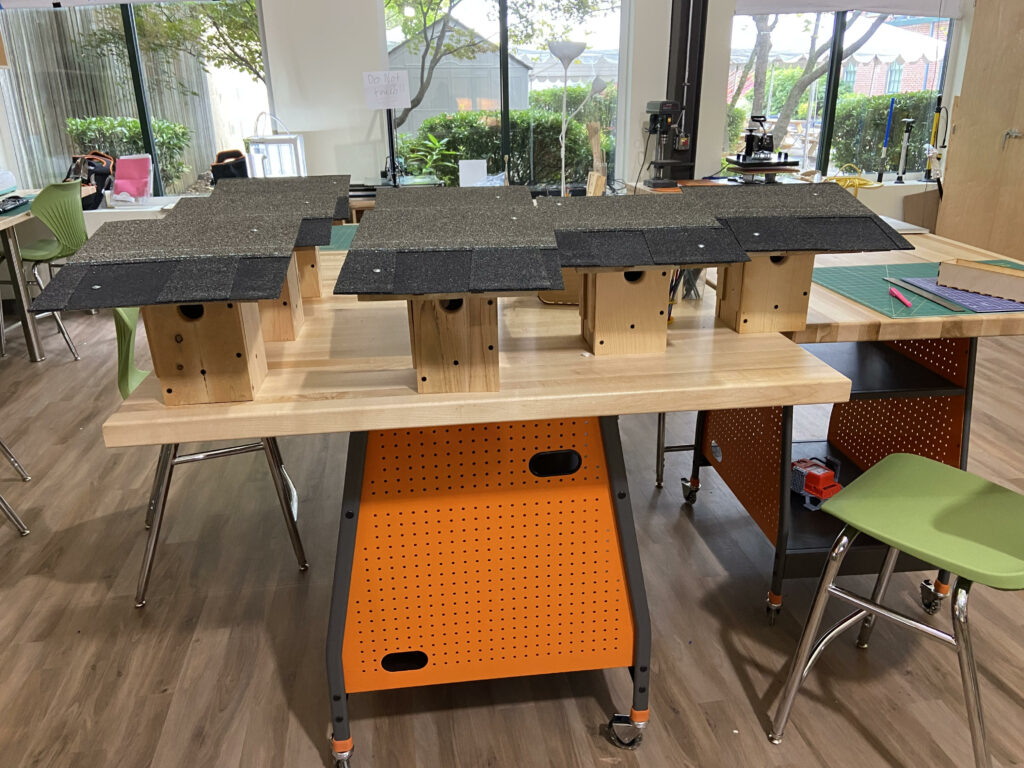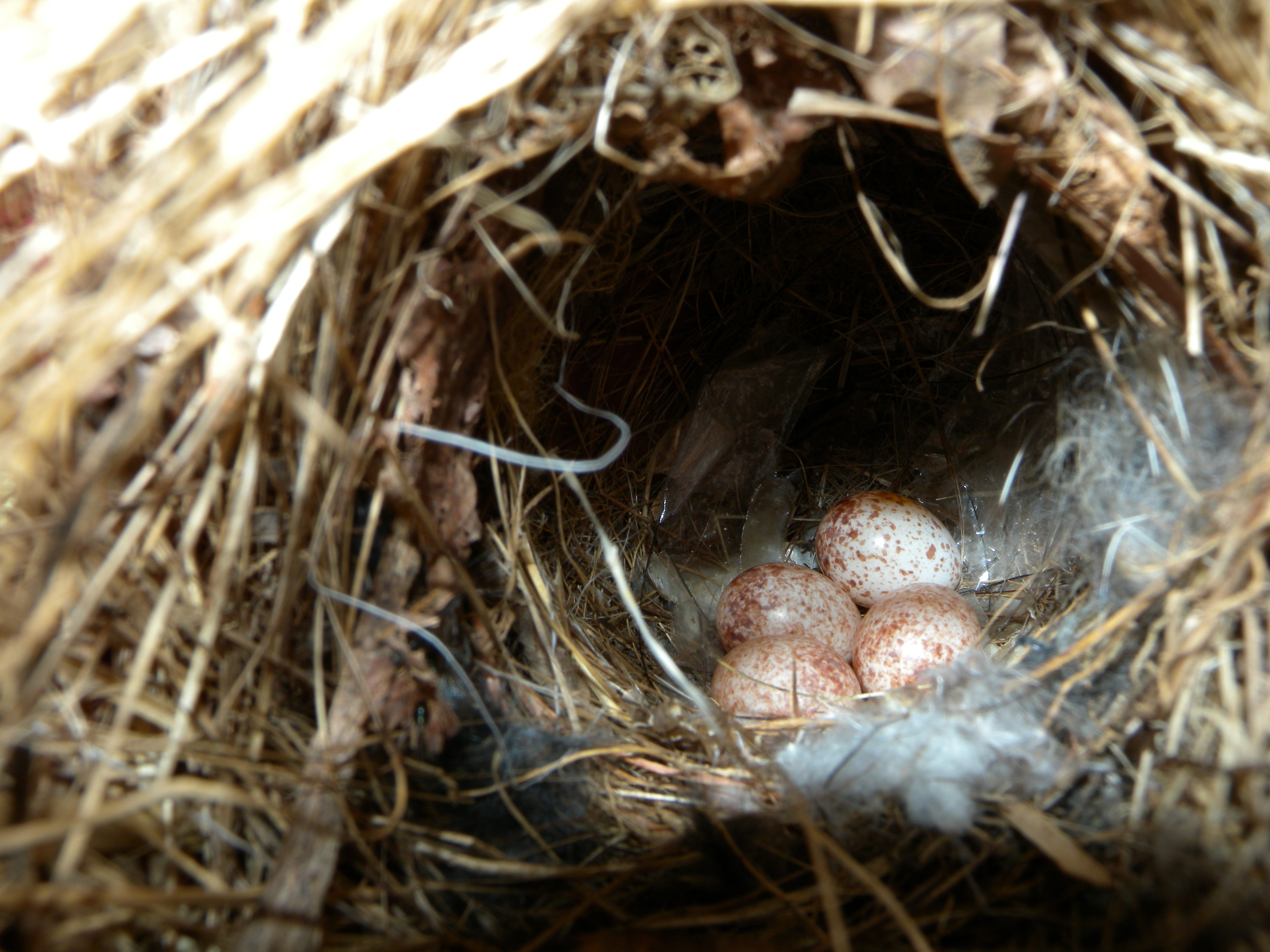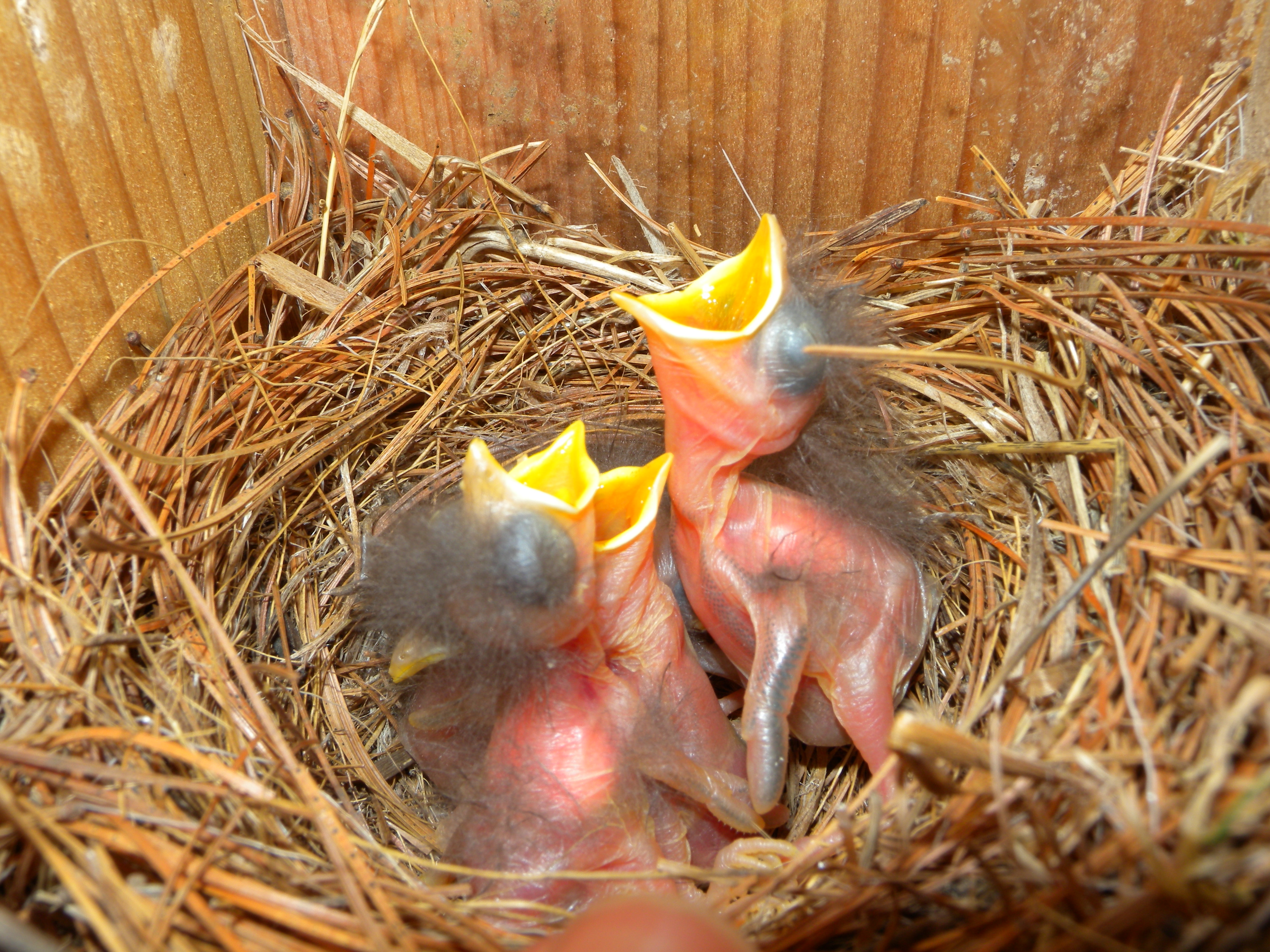“My name is Sid Ghatta. I am a rising 5th grader of Great Valley School District. I am also a student of Rushton Nature Keepers. Eastern Bluebirds cannot make their nest cavities because of their small beaks. Therefore, they are vulnerable. Hence generous people put up bluebird boxes to help increase their population. In April 2023, WCT put up a bluebird box in our backyard and that started my love for bluebirds.
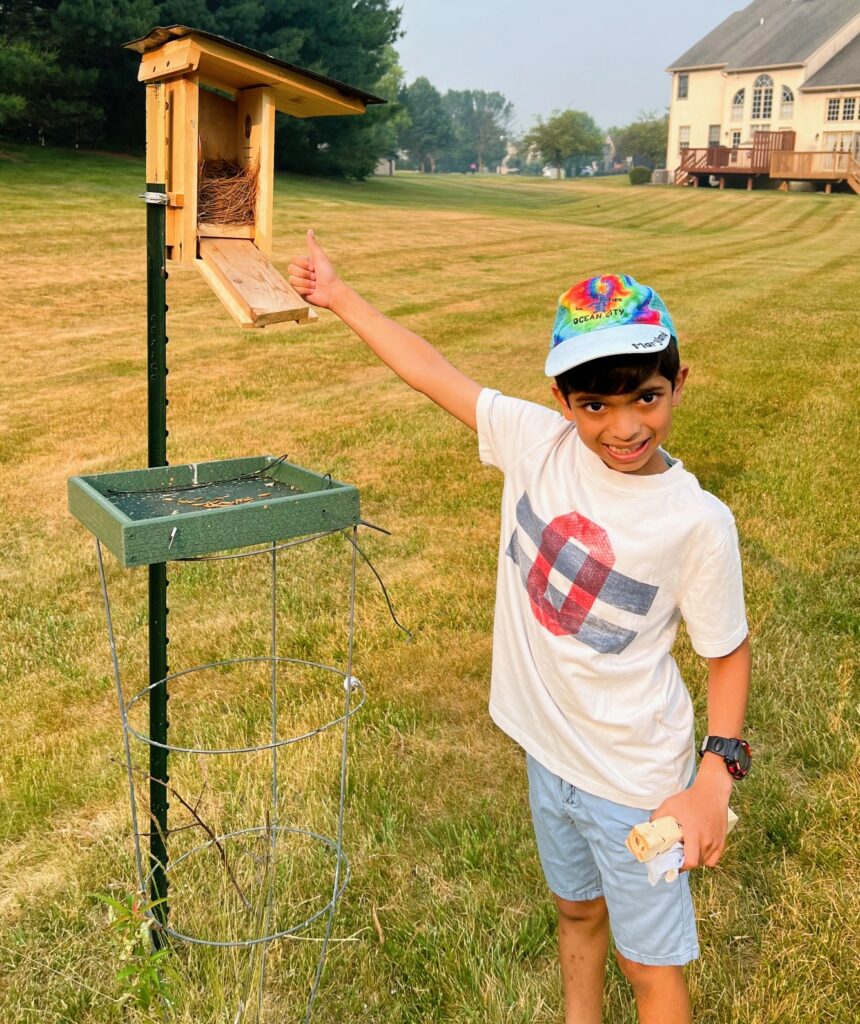
So I do my everyday ritual. I go and get the mealworms from the refrigerator and I blow my whistle to let the bluebirds know their food is ready. Last year, there were four eggs, but unfortunately one egg did not hatch. This year there are five eggs and all of them hatched! Now we installed two more boxes and one was occupied by tree swallows.
WCT taught me to protect bluebirds and I am doing that. Audubon website says the bluebird population is growing and it’s because of bluebird boxes along open countryside. I would like to speak with my new school Principal to install more bluebird boxes to help more bluebirds.”
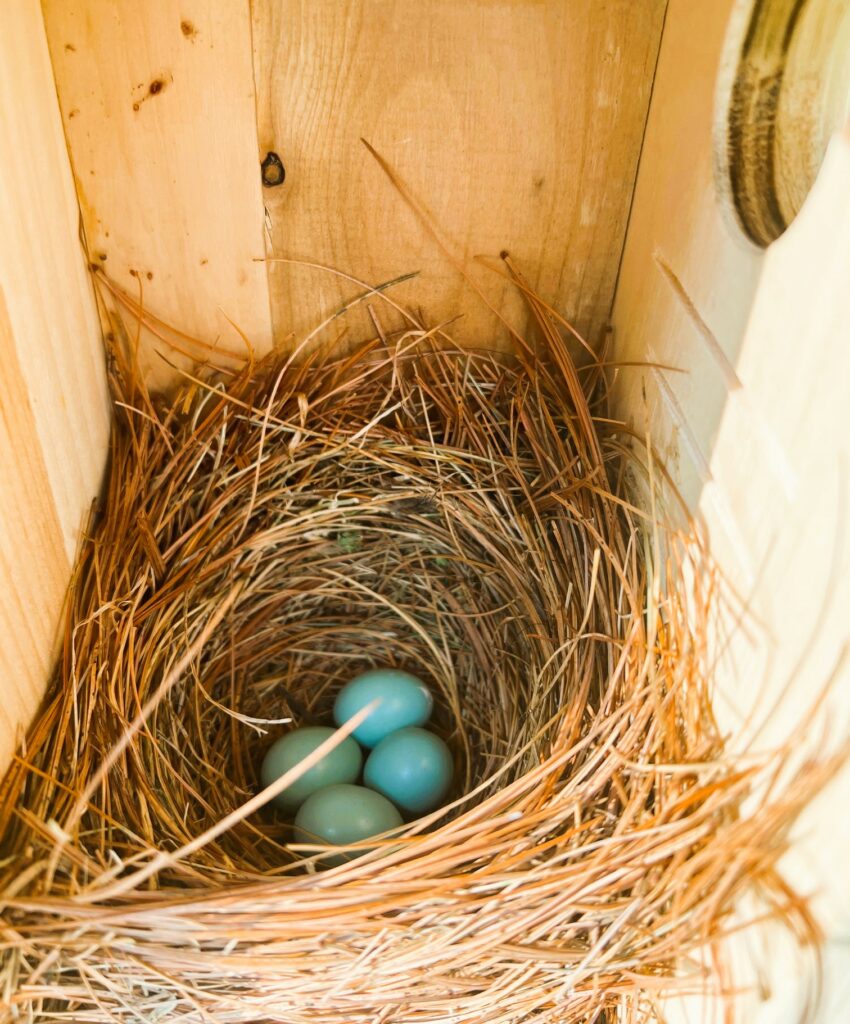
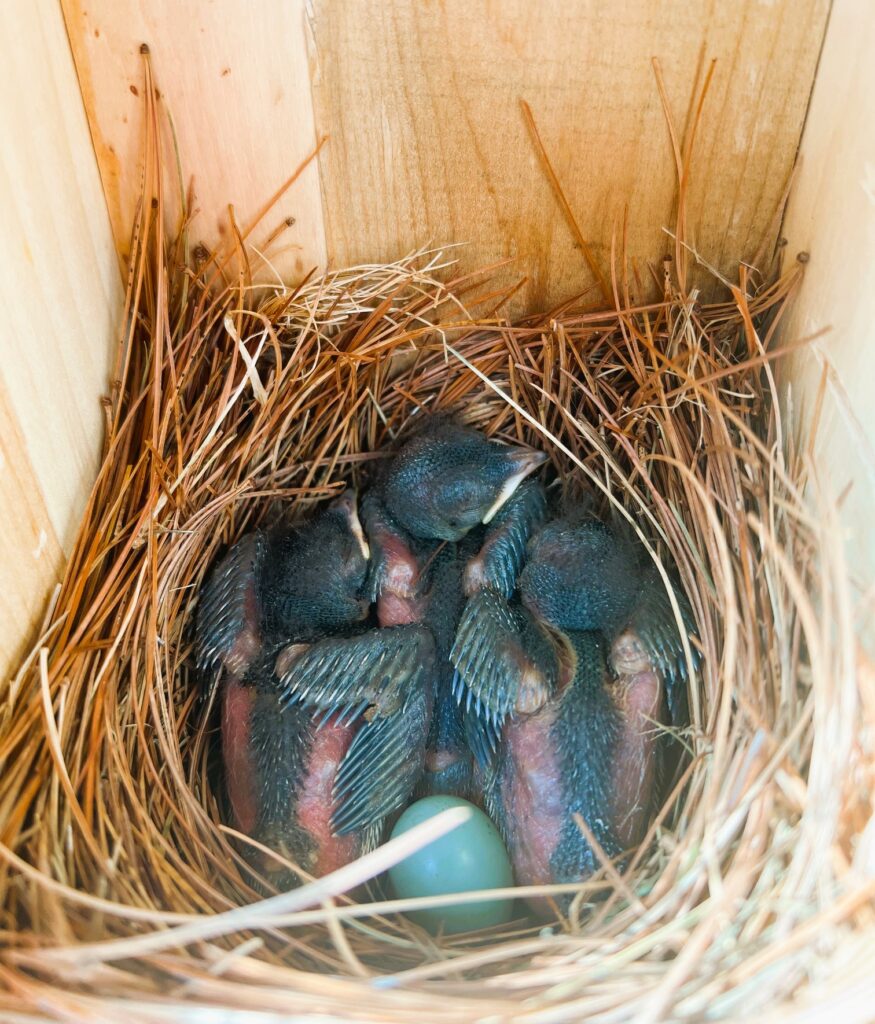
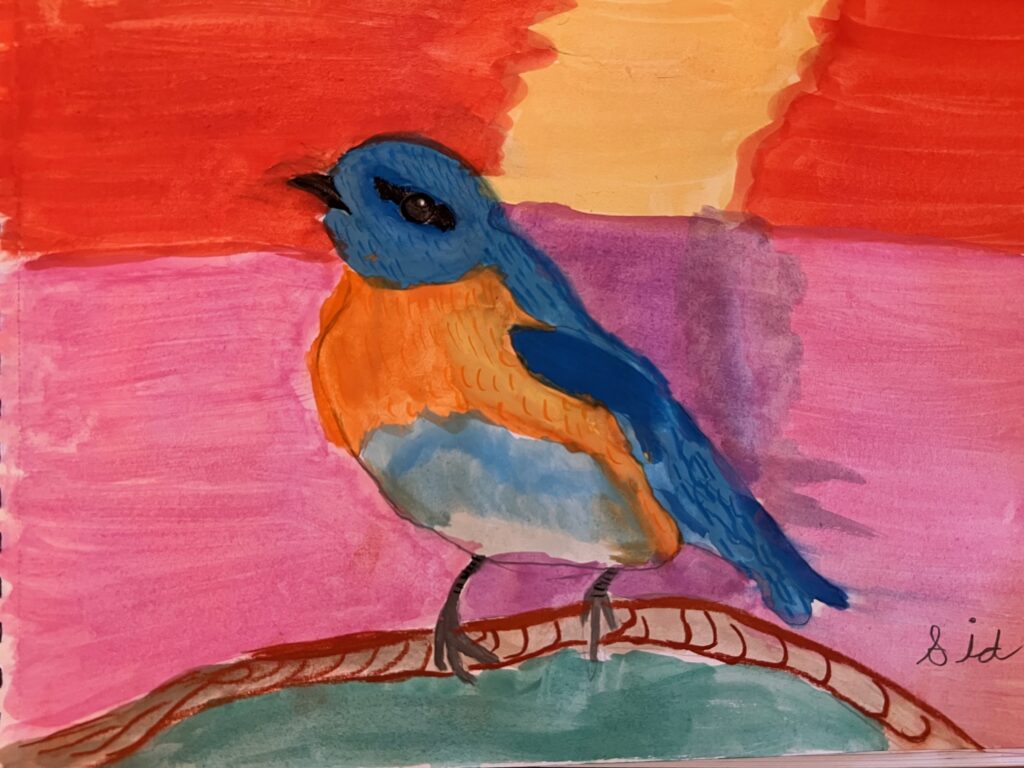
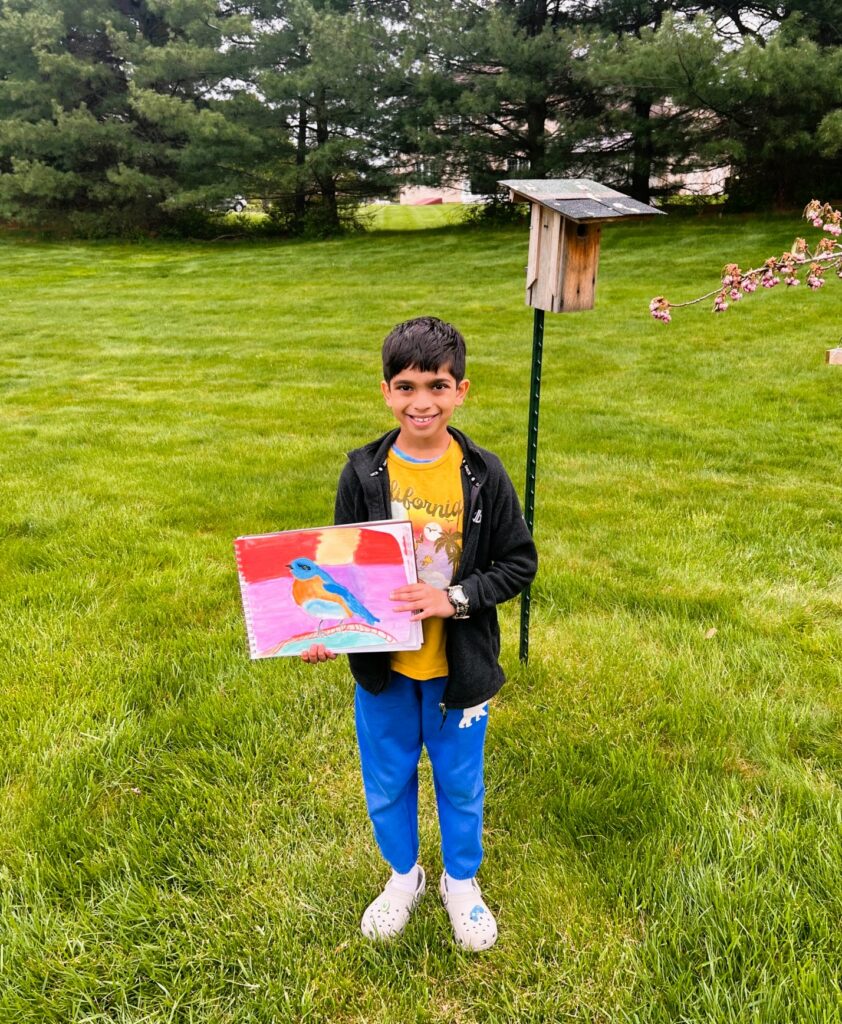
The Willistown Conservation Trust has been running our popular Bird Box Program for twelve years. Under the foresight of Dick Eales, chair of our Bird Conservation Committee, we began the program with the intention of boosting bluebird populations in our area. Threats to Eastern Bluebirds include habitat loss, particularly of standing dead trees (otherwise known as snags) that offer nesting cavities in open fields or grasslands. This loss of nest sites coupled with competition from aggressive alien species (namely the House Sparrow) rendered bluebirds a rare sight in the late 1960’s. It was the advent of well monitored bluebird trails and programs such as ours that enabled these beautiful blue thrushes to make a comeback in Pennsylvania.
To date, we have installed over 400 bluebird boxes for homeowners and preserves throughout our program area (Malvern, Newtown Square, Wayne, and West Chester)! In addition to helping native birds, these nest boxes represent indelible opportunities for people of all ages to connect to nature and wildlife science in their own backyards. The above story was written by Sid Ghatta, a young student who is an avid participant in Rushton Nature Keepers, our award-winning children’s environmental education program. We have a feeling this budding conservationist will do great things for the earth!
